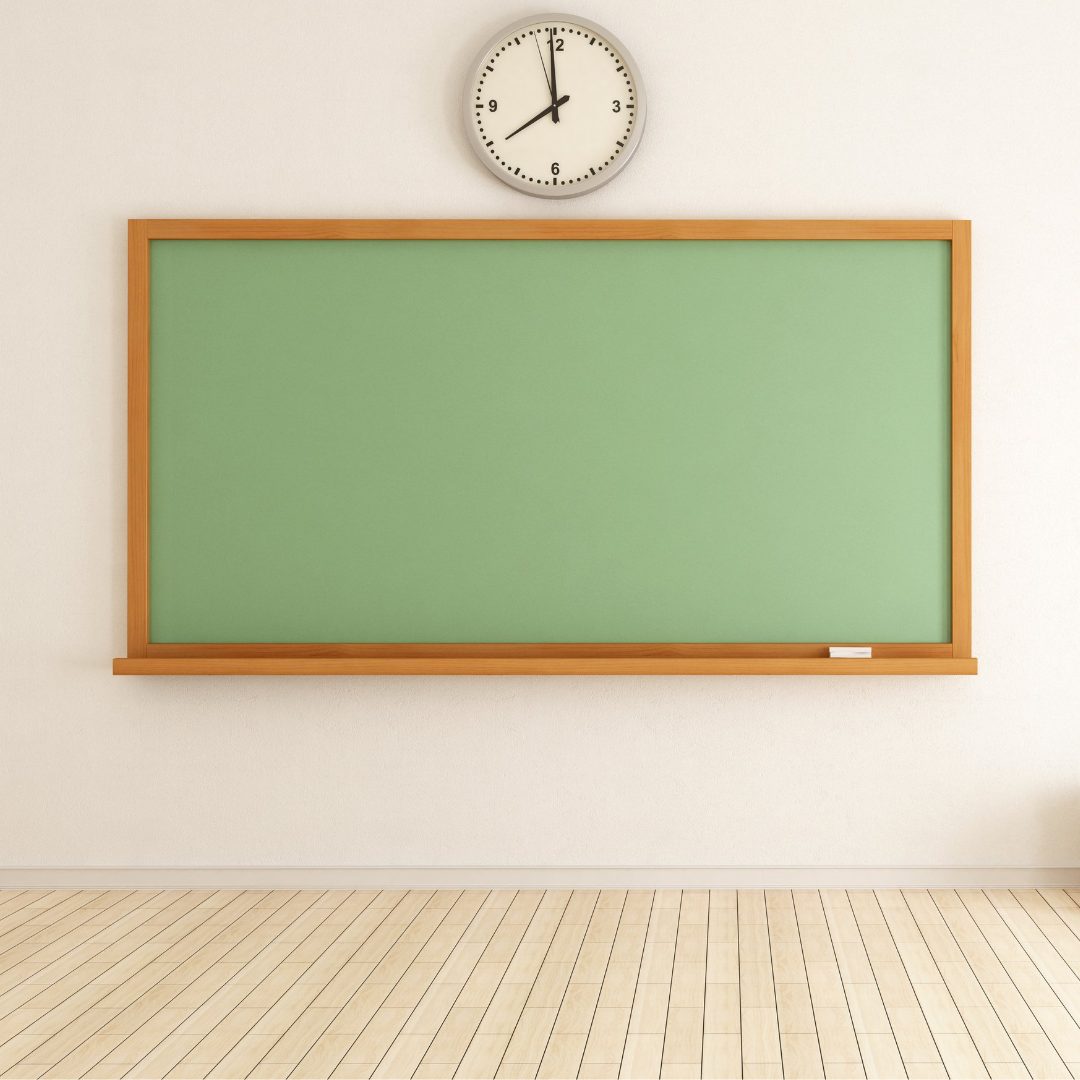You have had suspicions that there is something going on with your child for awhile now. Maybe you have noticed that your child is overly active, or constantly forgetting things. Or they tend to be on an emotional roller coaster, leaving you overwhelmed and walking on egg shells! Perhaps you have noticed that your child struggles to get started on tasks or complete them independently. At the same time, they can focus *all day* on things they find interesting (hello, video games!).
You spend some time on google, talk with a few mom friends, and begin to wonder if your child could have ADHD.
What is Attention Deficit Hyperactivity Disorder (ADHD)?
Attention Deficit Hyperactivity Disorder (ADHD) is one of the most common neurodevelopmental disorders. If your child has ADHD, their brain works differently. People with ADHD do not “recover” and they will have the diagnosis throughout their life. With treatment, many people with ADHD learn to manage their symptoms and can be very happy and successful!
What are the types of Attention Deficit Hyperactivity Disorder (ADHD)?
There are three subtypes of attention deficit hyperactivity disorder (ADHD):
-
- Predominantly Inattentive Presentation: Individuals with this subtype tend to struggle with organization, getting started, finishing tasks, or paying attention to details. They often look distracted and can be forgetful. They may also have difficulty following instructions.
- Predominantly Hyperactive-Impulsive Presentation: Individuals with this subtype tend to be “busy” all of the time. They may fidget, talk all the time, move around, or struggle with impulsivity. This is the more classic presentation of ADHD that most people think of when they hear the term ADHD.
- Combined Presentation: A person with combined presentation have both types of symptoms listed above.
At what age can my child be diagnosed with ADHD?
In the United States, ADHD is not typically diagnosed until age 5, because symptoms have to be present in more than one environment. So, children often need to attend school before getting the diagnosis. However, if symptoms are extremely clear and/or there is a strong family history of ADHD, some doctors will diagnose it around age 4.
It’s important to understand that many of the behaviors that make up an ADHD diagnosis are “normal” in very young children. Many toddlers and preschoolers have a hard time sitting down, talk excessively, and have big emotional reactions. As their peers mature and grow out of some of these behaviors, it becomes more obvious that the child has ADHD. To learn more about the earliest signs of ADHD, check out this blog post.

Who should diagnose ADHD?
When you are just beginning to explore the possibility of an ADHD diagnosis, the options (and cost… AND wait time!) can be completely overwhelming. Many parents begin by talking with their pediatrician, which is a wonderful first step. We have broken down the different types of ADHD evaluations in this blog post. There are pros and cons to each type of evaluation, so this is a personal decision.
What can I do while I wait for the evaluation?
The most important thing that you can do is to begin to educate yourself about attention deficit hyperactivity disorder (ADHD). If you are raising a child with ADHD (or suspected ADHD!) then a lot of the “normal” parenting tools may not work as well for you. This is not your fault. This is because your child’s brain works differently.
A wonderful first step is to begin learning about executive function skills. Executive functioning is often quite delayed in children with ADHD. Our ADHD Parenting Guide is a wonderful place to start. In this free guide, we give you our top six tools to help you raise a happy and independent child with ADHD.
You can also check out our printable shop, filled with customizable routines for the trickiest parts of the day (I’m looking at you, bedtime!) and affirmation cards/lunch box love notes. Visuals are a great way to support your child’s executive function skills while growing their independence.
If you have questions about ADHD, please let us know! We are here to help.
Have a beautiful week,
Lori, Katie, and Mallory







Hi,
I have read your article and found it very interesting. Thanks for the write-up.
Thanks for sharing!